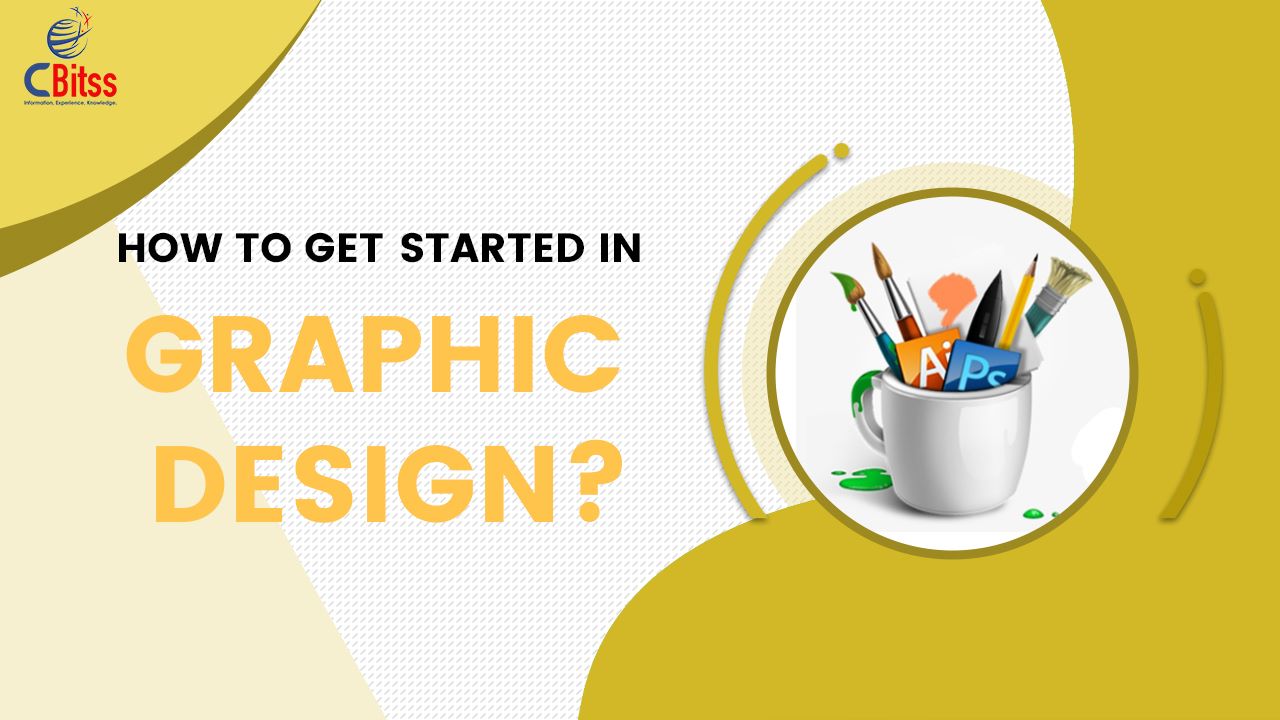In this article, we will discuss on how to get started in graphic design. Graphic design is a discipline that attracts you, but you don’t know how to approach this vast field. These few tips may be useful to start your immersion in the world of graphic design.
What are the good reflexes to adopt when you want to discover this discipline in more depth and why not become a graphic designer, graphic designer, or web designer? This article reveals the various ways to build skills in graphic design.
Identify the branch of graphic design that interests you.
Graphic design includes the use of different media and dedicated software. Thus, there are many graphic design professions, and you will have to quickly identify the specialization that attracts you so as not to embark on a path that ultimately does not interest you. Whether it’s a simple passion or a career goal, you will need to understand the differences in practice between web design, illustration, computer graphics, video game design, or motion design before specializing.
Of course, it can be difficult to definitively fix your choice when you are still at the beginner stage, especially when you have not had the opportunity to practice at least one of these specializations. Also, it may be appropriate to complete one or more internships (even observation) in a branch of graphic design that may interest you or to follow a short training course in order to better represent the different facets of graphic design. In addition, some graphic design courses provide an overview of possible specializations so that students can have a good overview of the possibilities available to them.
Get to grips with DTP software and CAD tools.
Nothing better than practicing to become familiar with a discipline! Graphic design certainly requires theoretical knowledge, but also and above all, excellent knowledge and mastery of CAD (Computer Aided Design) and DTP (Computer Aided Publishing) software. Before making your artistic sense speak, you will have to master all the technical parts to be able to fully express your creativity. The Adobe suite remains a must-have for graphic design professionals with software like Photoshop, a reference for photo editing, Illustrator, often used for creating logos, or InDesign for layout. If you don’t have the budget to buy one of these graphic creation tools, you can, at first, count on free alternatives like Gimp, which offers a complete palette of tools to familiarize yourself with graphic visual design.
Take a graphic design course for beginners.
Training in the main features of Photoshop, learning the theoretical basics of graphic design, or even obtaining a professional graphic designer title: all of this is possible by joining a distance or face-to-face Graphic designing course in Chandigarh. Art schools are far from being the only ones to offer courses to learn a graphic design profession, to learn or improve in this field. Whether you want to professionalize yourself in this branch of activity or discover graphic design software for a day or two, you will easily find graphic design training adapted to your current needs.
These introductory courses in graphic design can save you precious time in your learning process: you will be sure to start off on a good basis before being able to sharpen your technical skills afterward by dint of self-taught practice or by joining advanced courses for people of intermediate or advanced level.
On the other hand, if you wish to pursue a career in graphic design, we can only advise you to favor work-study training or a course that encourages the completion of internships in companies: BTS Graphic Design, BTS Visual Communication, or again Bachelor Graphic Design are all professional courses that can facilitate your integration into the world of work.
Keep a regular watch and develop your curiosity.
Add sites dedicated to graphic design to your favorites, and follow graphic designers whose work you admire on your favorite social networks (Instagram or Pinterest being the most suitable for publishing visuals). Do not hesitate to register on a forum or in a group of enthusiasts and beginners in graphic design in order to introduce this universe into your daily life. Similarly, by following the latest trends and deciphering the graphic creations of professionals or amateur artists, you will sharpen your critical eye and learn both to build your own visual identity and to detect defects that could harm a project: a visual overloaded with graphic elements, a design of a website that does not take into account the marketing objectives and the user experience of Internet users,
Create!
You don’t have to wait to become a graphic communication professional to start embarking on creative and artistic projects. It is also the opposite approach that you will have to adopt: nothing is more formative when you are a beginner in graphic design than to set personal challenges and learn through practice and experimentation. Why not carry out a project from A to Z, from the design of the graphic charter to the production of a communication medium, whether it is a flyer, packaging, a logo, or a model of a website for a fictitious brand?
Developing technical skills and creativity, two inseparable aspects of your success, can be learned by making mistakes or taking inspiration from existing visuals that you like. It’s a safe bet that over the course of the projects, you will come to be more and more proud of your graphic creations, and you will even be tempted to create a portfolio to share with those around you before gradually expanding it and introduce him perhaps in the near future to a recruiter.
